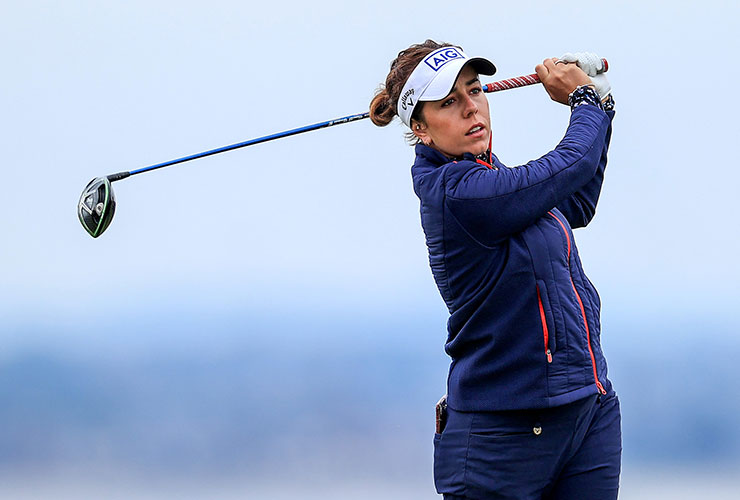
The number of senior athletes has steadily increased over the years, with more older people getting involved in competition. One reason for the increased participation of older adults in sport is the rising number of seniors that are interested in it. Physical fitness also tends to decrease as we age, but there are ways to remain active and stay fit.
Sport motivation
Recent research shows that competition level, age, as well as gender influence senior athletes' motivation to participate in sport. A validated questionnaire was used to assess sport participation motivation. Table 1 shows the results. The participants were separated by sport. The results also indicated that the questionnaire was psychometrically valid.
The study involved 316 junior and senior athletes competing in three team sports. The participants completed three self report questionnaires. They were also categorized according to their sport and competition level. Results showed that handball players were the most motivated to succeed, while football players had the highest motivation levels.
Aging can lead to a decrease in physical fitness.
A decline in physical fitness can be caused by aging, such as a reduction in muscle mass, force and endurance. The muscles also experience a decrease in range of motion, becoming more rigid. This can make it difficult to perform strenuous exercise. Despite these changes, many seniors are still capable performing extraordinary feats.
The study found that men and women's aerobic capacity decreased by 20% every decade. After 40, the decline in aerobic capacity was greater for men than it was for women. This has consequences for functional independence as well as quality of life.
Exercise regimens
All ages of athletes can benefit from an exercise program. Senior athletes need to incorporate cardiorespiratory exercise as well as muscle-strengthening and balance exercises into their training. These exercises will help seniors maintain their strength and balance. While seniors may be less susceptible to injury, they still have to work hard to maintain their competitive edge.
Make sure to get a medical clearance before you start an exercise program. The intensity of your exercise may need to be modified if there are any past injuries or chronic conditions. In order to maximize the benefits of your workouts, you may have to adjust your medication schedule and your meal plan.
Nutrition
Senior athletes should have nutrition tailored to meet their individual needs. For optimal performance and overall health, athletes must follow the principles for good nutrition. A personalized diet should be recommended and should also include recommendations for preventive health. A registered dietitian can provide dietary prescriptions for senior athletes. Senior athletes may be interested not only in dietary advice but also topics such as exercise and weight management.
In order to achieve a balanced diet, older athletes should focus on consuming nutrient-dense foods and a high amount of quality calories. This will help you recover faster from hard training and lower your risk of developing age-related debilitating diseases. To fuel their muscles and keep them healthy, older athletes should consume wholesome carbohydrates. They should also eat high-fiber and antioxidant-rich foods.
Balance
Senior athletes will experience significant balance changes due to physiological changes. Professionals in sport and orthopedic healthcare must first understand these changes to ensure safe, effective athletic performance. This will allow them to design and implement an SMT programme that addresses these issues. Balance training is an important component of overall fitness. Balance training improves muscle strength, postural alignment, balance, and prevents falling.
The key component of balance is proprioception also known as joint positioning sense. Studies have shown that elite athletes who sustained ACL injuries have decreased their Joint Positional Sense. This suggests that secondary injuries may exist. Researchers compared the Joint Positional sense of 30 athletes suffering from UCL tears with 30 athletes who had not suffered an ACL injury in one study.